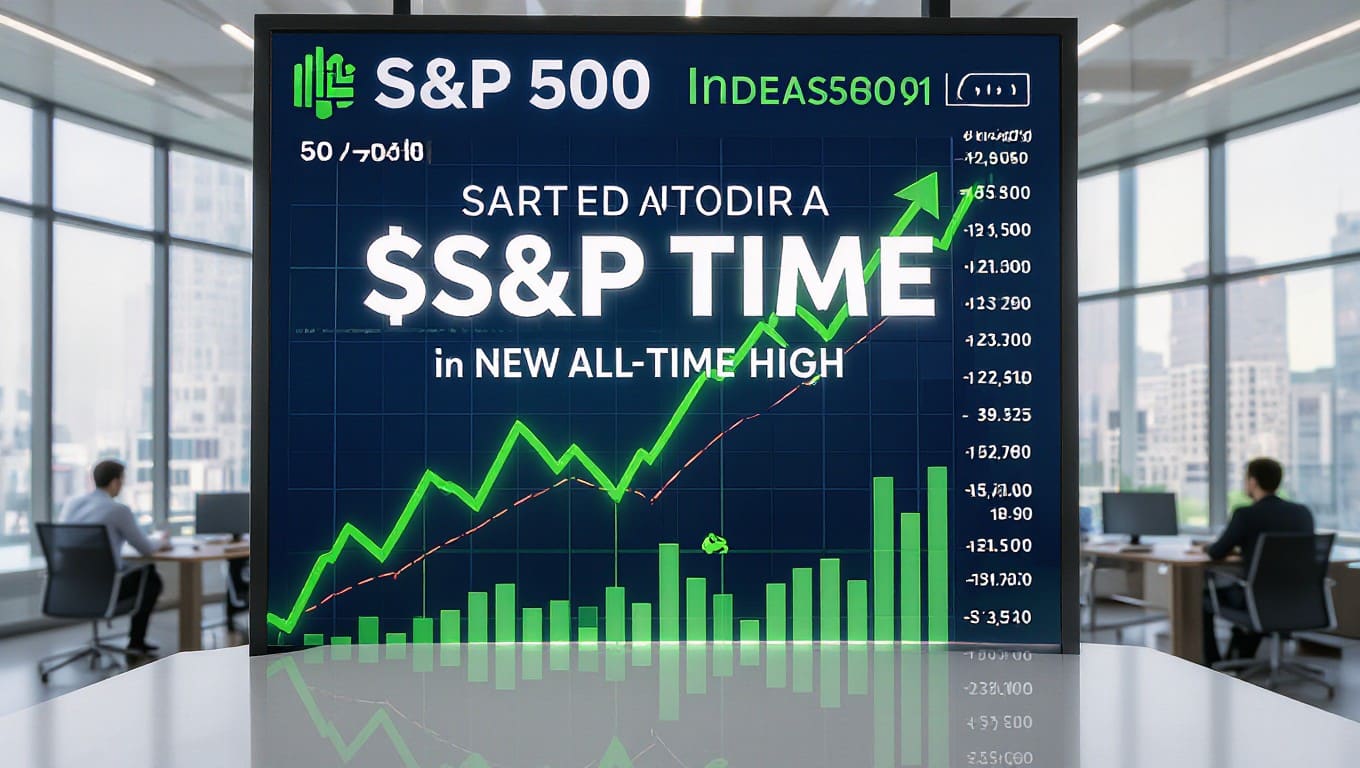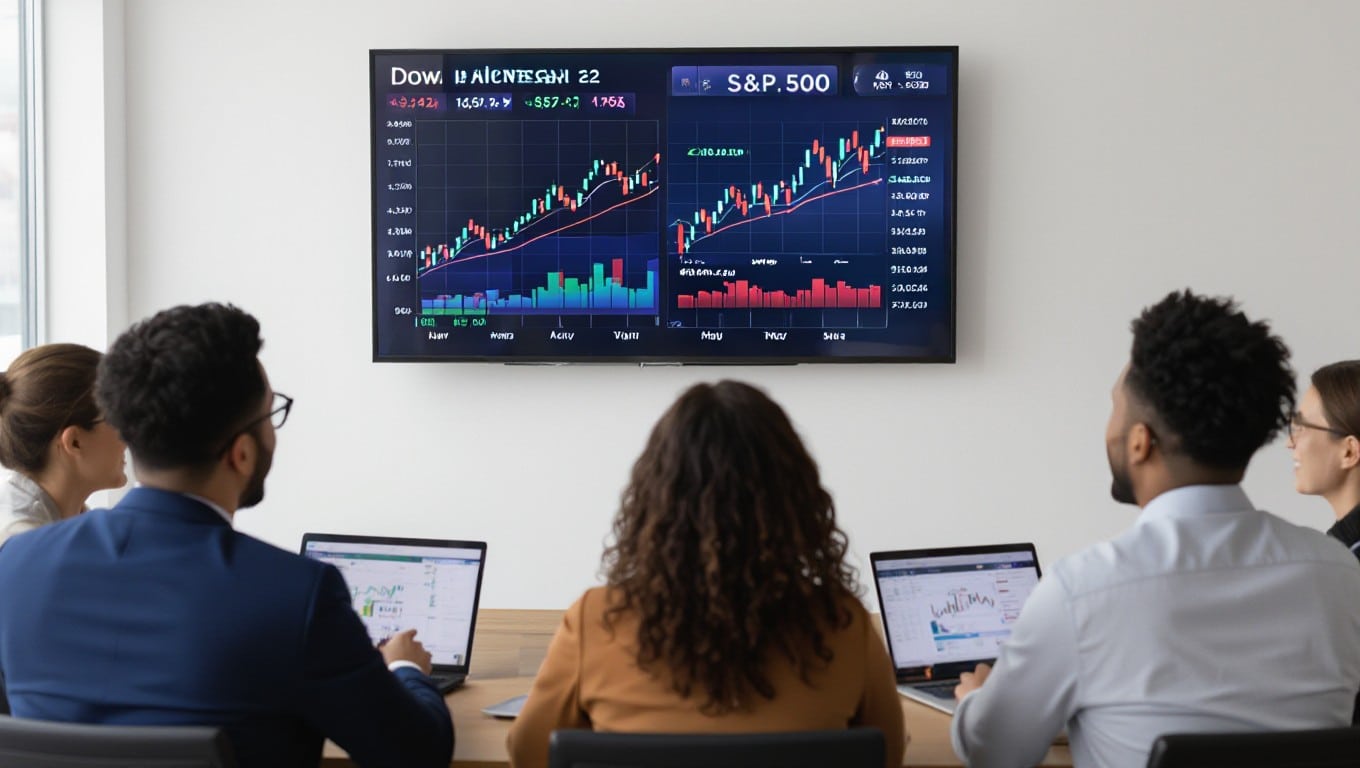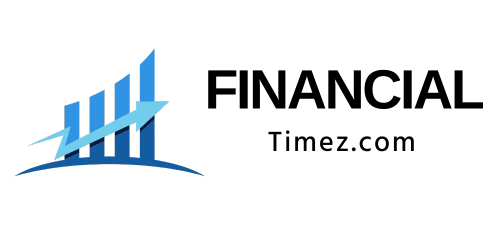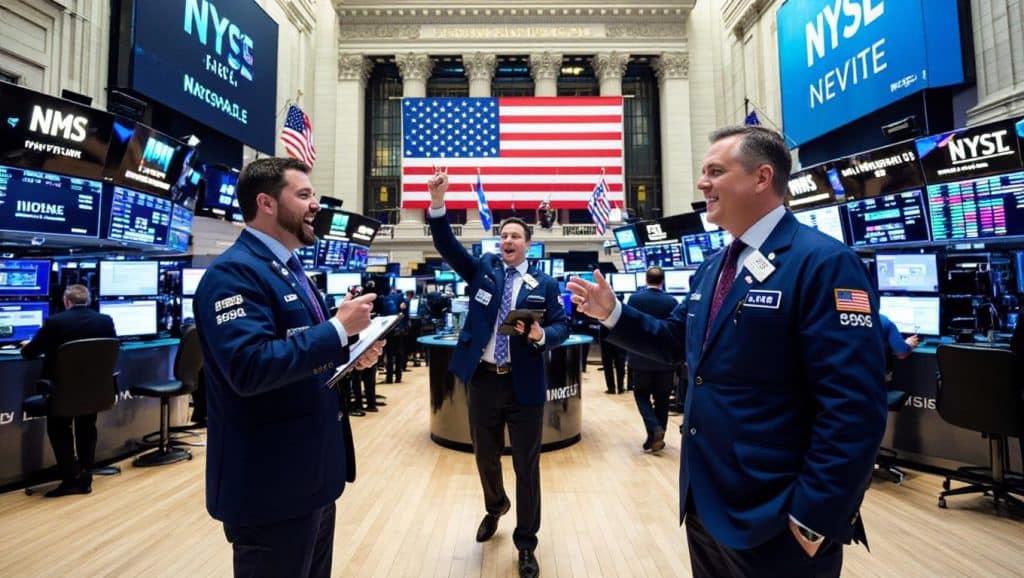Serendipity strikes the market as you witness the Dow nearing a new record while the S&P 500 hits an all-time high, fueled by stronger-than-expected job growth. The latest report shows a 147,000 jobs increase in June and a slight drop in unemployment to 4.1%, signaling resilience despite tariff concerns. Yet, you should also note the private sector weakness and cautious hiring, underscoring a mixed economic landscape. These dynamics suggest your investments are riding a wave of optimism tempered by uncertainty, making your market awareness more important than ever.
Economic Indicators: The Surprise Surge
The June jobs report delivered a stronger-than-expected performance, with the economy adding 147,000 jobs, surpassing analysts’ projections. This unexpected surge helped push major indices higher, with the Dow gaining 344 points and the S&P 500 reaching new record highs. While the private sector showed some hiring weakness, the overall labor market remains resilient, offering you a positive sign of economic stability amid ongoing trade tensions and tariff uncertainties.
Unemployment Rate Drops: What It Means for Investors
The unemployment rate fell to 4.1%, down from 4.2%, signaling continued strength in the labor market. For you as an investor, this decline suggests less immediate pressure on the Federal Reserve to cut interest rates, which has led to increased Treasury yields and a stronger US dollar. However, a rise in long-term unemployment and cautious hiring signals persistent challenges that you should watch closely moving forward.

Market Reactions: S&P and Nasdaq’s Record Closing
The S&P 500 and Nasdaq Composite both closed at fresh record highs following stronger-than-expected June jobs data, signaling significant investor confidence. The Dow also climbed higher, closing just 186 points from its all-time peak. This surge reflects optimism as the economy added 147,000 jobs and unemployment dropped to 4.1%, easing concerns about the impact of ongoing tariffs. As you watch the markets, it’s clear that this strong labor report has energized stocks, pushing tech and broad indices to new milestones.
Analyzing Investor Sentiment: The Fear and Greed Index
The Fear and Greed Index recently registered its strongest reading in over a year, indicating extreme greed among investors. This signals that you could be entering a period where optimism dominates, but also leaves your portfolio vulnerable to sudden negative shocks. The high level of investor confidence is driven by fading tariff concerns and continued economic resilience, yet you need to be cautious about overextended valuations as the market prices in plenty of good news.
The heightened reading of the Fear and Greed Index suggests that while you may feel encouraged by strong market momentum, there is an increased risk of sharp reversals if any unexpected negative news arises. This extreme optimism is powered by tariff uncertainties easing and strong economic data, but it also points to the market being potentially overheated. As valuations grow expensive and much positive news is already baked in, your investment decisions should factor in the possibility of sudden shifts in sentiment. Maintaining awareness of this delicate balance can help you navigate the market’s current environment more effectively.
Changing Expectations for Rate Cuts
After the stronger-than-expected June jobs report showing 147,000 new jobs and a drop in unemployment to 4.1%, expectations for a Federal Reserve rate cut in July have shifted dramatically. You should note that traders now see only a 4.7% chance of a rate cut, down sharply from nearly 24% the day before. This shift reflects growing confidence in the labor market, signaling that the Fed may hold rates steady rather than easing monetary policy in the near term.
The Fed’s Dilemma: Balancing Growth and Inflation
With resilient job growth and steady economic performance, the Fed faces a challenge in balancing ongoing economic expansion with inflation risks. You see that the strong labor market eases recession fears but reduces the urgency for rate cuts. At the same time, the Fed must stay alert to rising inflation, avoiding moves that could overheat the economy or stifle momentum.
The Fed’s challenge is to maintain economic growth without igniting higher inflation pressures. Your understanding of this dynamic helps clarify why officials are cautious: the June report dispelled calls for immediate rate cuts, highlighting strong payroll numbers and falling unemployment as signs the economy remains sound. However, you should also be aware that ongoing trade uncertainties and tariff impacts may temper business confidence, complicating the Fed’s decisions. Striking the right balance means waiting for clearer signals on inflation trends while supporting steady growth.
How Trade Agreements Influence Market Confidence
Your confidence in the market often hinges on the progress of trade agreements, which can ease tensions and spur economic growth. Recent announcements, like the trade deal with Vietnam, have helped reduce tariff uncertainty and encouraged investors to remain optimistic. These agreements signal cooperation between major economies, potentially boosting corporate earnings and supporting stock gains. However, ongoing negotiations and unresolved trade conflicts mean you should stay alert, as shifts in these talks can quickly sway market sentiment and affect your investment strategy.
Legislative Uncertainties: What Lies Ahead for Investors
You need to be aware that the market is closely watching Capitol Hill for the fate of major legislative initiatives, like Trump’s “One Big, Beautiful Bill.” While passing such legislation could herald tax reforms and economic stimulus, ongoing delays and political disagreements create a cloud of uncertainty that may increase volatility. This unpredictability could test your portfolio’s resilience, especially since much positive news is already priced in. Keeping an eye on legal developments will help you better anticipate potential risks and opportunities.
Legislative uncertainties present a significant challenge for you as an investor. The House’s attempt to advance Trump’s comprehensive bill is a sign of potential tax cuts that could fuel further market growth, yet the process remains fraught with obstacles. Political gridlock and shifting priorities may stall key legislation, injecting heightened risk into markets that have already surged on optimism and resilient jobs data. Since the market is described as driven by “extreme greed,” any unexpected legislative setbacks could amplify negative surprises, making it vital for you to monitor developments and adjust your strategy accordingly.
Potential Risks and Market Vulnerabilities
While the market is celebrating record highs, you should be aware of underlying vulnerabilities. Private sector job growth showed weakness, with a rise in long-term unemployment nearing a three-year high. Businesses appear hesitant to hire amid trade uncertainties and legislative changes, signaling caution ahead. Moreover, elevated valuations mean your portfolio could be more sensitive to negative surprises, especially as ongoing tariff negotiations continue to introduce unpredictable risks for the economy and markets alike.
Key Economic Indicators for Future Investment Strategies
To shape your investment approach, focus on important economic indicators such as payroll growth, unemployment trends, and Treasury yields. The recent jobs report revealed a strong 147,000 increase in June, pushing unemployment down to 4.1%. This suggests resilience in the labor market and less pressure for Federal Reserve rate cuts in July, with traders now assigning only a 4.7% chance of a cut. Tracking these data points will help you anticipate shifts in monetary policy and adjust your strategies accordingly.

To wrap up
With this in mind, you can see how the stronger-than-expected jobs data has fueled market confidence, pushing the Dow closer to a new record and driving the S&P 500 to an all-time high. This reflects optimism about the economy’s resilience despite ongoing challenges. As you navigate the markets, it’s important to consider both the positive momentum and the caution signals from underlying job growth trends. Staying informed will help you make decisions grounded in a comprehensive view of the current economic landscape.
Frequently Asked Questions
What was the June jobs report’s impact on the stock market?
The June jobs report exceeded expectations, with nonfarm payrolls increasing by 147,000 jobs and the unemployment rate falling to 4.1%. This positive data boosted investor confidence, leading to record highs in the Dow Jones Industrial Average and S&P 500.
How did the S&P 500 perform after the jobs report?
The S&P 500 closed at a record high of 6,173.07 on June 27, 2025, driven by strong corporate earnings and easing trade tensions. The index’s performance reflects optimism about the economy’s resilience.
What sectors contributed to the market rally?
Financials and technology sectors led the rally, with companies like Nvidia, Meta, and Microsoft seeing significant gains. The rebound in these sectors was fueled by strong earnings and positive economic indicators.
What does the record high in the Dow Jones signify?
The Dow Jones Industrial Average reaching new highs indicates robust economic growth and investor optimism. It reflects confidence in the U.S. economy’s ability to withstand challenges and continue expanding.
How are analysts interpreting the current market conditions?
Analysts are cautiously optimistic, noting that while the market has rebounded strongly, concerns about inflation, trade tensions, and potential interest rate hikes remain. They advise maintaining a balanced investment approach.

